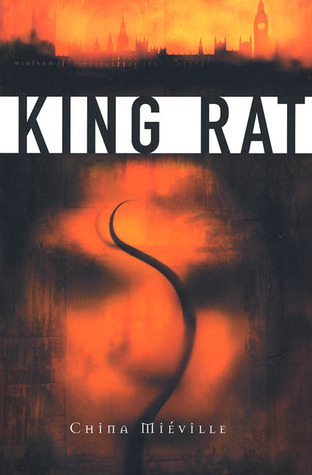Last week, my girlfriend Sara and I were watching some sweet NCAA action when our Internet decided to take a snooze. We did a lot of screaming, and then pouting, maybe a little crying. Finally, we just gave up and went to bed.
For the next few days, the signal continually and sporadically came in and out, which got pretty annoying while I was trying to send emails. I grabbed my trusty iPhone and called up customer support (because when one piece of technology isn’t functioning, you should always use another. And they say Terminator will never be reality…)
The representative on the other end informed me, of course, that our Internet was working just fine. “Also, it says here that you’re eligible for a free account upgrade for no extra charge. Would you like me to go ahead and get you started on that?” I thought it was odd to start a sales pitch after a customer complaint, but I guess I admired his persistence. Still, the answer was no.
I got off the phone, and I looked out my window with newfound wonder. It was like when Neo took the red pill in the The Matrix. No longer did I have to be plugged in all the time, keeping track of short story submissions or the NCAA Basketball Tournament or who’s being eaten on The Walking Dead. For once, I could spend a Sunday doing something other than web surfing.
But, disappointingly, the first thing I did was go for my computer.
Oh well. I guess old habits die hard. But, without Wikipedia and MagicTheGathering.com on hand, I instead went straight to Scrivener and opened up my latest project. Sure, I was still on the computer, still worshipping the Apple God, but at least I was writing and not wasting time. In fact, I think I did some of my best writing in recent memory.
Afterward, I really did put down the ol’ computer and picked up a book. Sara and I always read before bed, but sometimes we don’t have enough time, or we’re too tired, or we elect to watch that extra episode on Netflix instead. We read for hours, though, and it was really awesome. (If you haven’t checked out George R.R. Martin’s Dreamsongs collections, please stop reading this article, go down to your nearest bookstore, purchase it, and read it. If you purchase an eBook copy, shame on you–you’ve missed the entire point of this blog.)
I’m thankful for the Internet. I’m thankful that there’s a place on there for my fiction, which I will now unabashedly hyperlink here. I’m thankful that I can get news stories and see what my friends are doing in real-time, and watch videos of Nicolas Cage threatening to kill old ladies. The internet is an awesome thing.
But unplugging (sort of) for a while allows you to cut down on all those inane distractions. Don’t get me wrong–I’m not on my way to Walden Pond anytime soon. It’s just that we don’t always need to be connected to the net.
And now the Internet’s back and stronger than ever (five little semi-circle Wi-Fi waves, baby), and I’m sure I’ll be back to looking up pirates and Elder Dragon Highlander decks.
But I’m glad I had the experience, at least for a little while, of existing without the internet. And next time I sit down to write, I might even be so bold as to shut the Wi-Fi off altogether.
Just don’t quote me on that, though…










